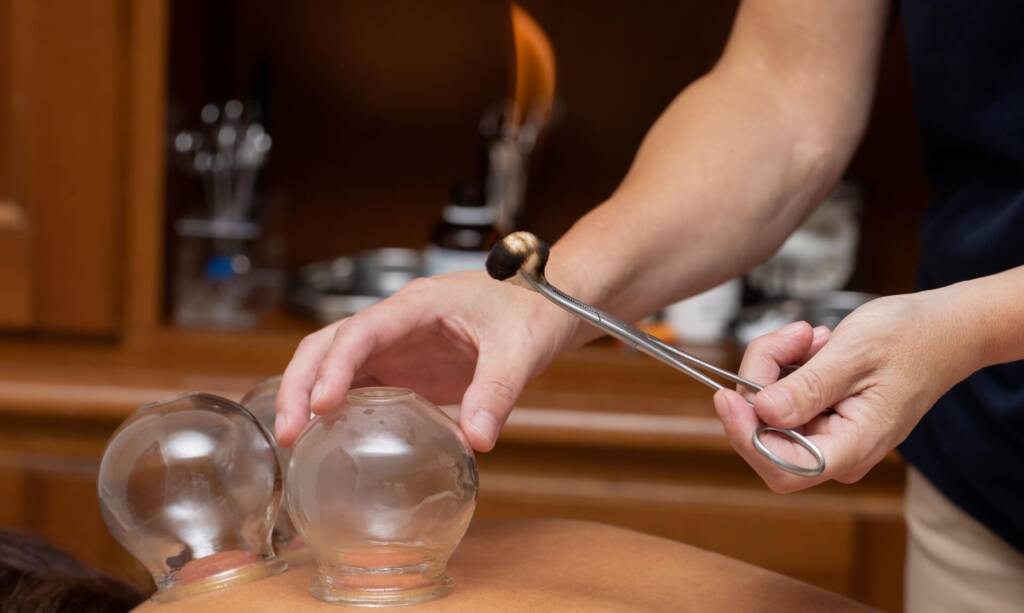what is tcm?
the concept of traditional chinese medicine (tcm) is based on the understanding of the life energy "qi" as well as the aspects "yin" and "yang" in everything that exists. if qi flows fully and freely and yin and yang are in a relative equilibrium, the human being feels healthy and satisfied. vitality is at the same time the expression of flexibility towards external influences such as seasons, nutrition, work, stress and relationships. in this sense, tcm understands the human being as a whole and always regards him in relation to his environment. when it comes to complaints or illnesses, tcm focuses on the symptoms (outside), but rather treats the underlying conditions or patterns (inside). diagnostic methods such as in-depth questioning, looking at the tongue and feeling the pulse provide information. depending on the imbalance, acupuncture, moxibustion, cupping, gua sha and herbs are used to give the body, emotions and spirit the necessary impulses to regain their natural equilibrium. and thus to a holistic wellbeing.

intake

1. looking
a close look at the tongue is of great diagnostic importance. colour, shape, humidity, mobility of the tongue body, colour and type of coating are examined. furthermore, the colour of the face, body posture, hair, skin, nails etc. are also evaluated.
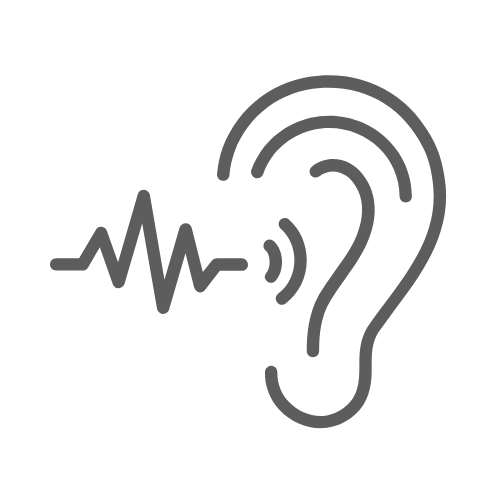
2. listening and smelling
listening to what the patient says is one thing; hearing what the patient's body says is a different one. this includes the strength of breathing and speaking, the sound of coughing, intestinal activity, etc. smelling means the perception of possible typical body odours, which may also point to an imbalance.

3. asking
in chinese medicine 10 classical questions are asked: appetite, thirst, urine, bowel movement, head and senses, sleep, sweating, musculoskeletal system, body temperature, gynaecology in women, and urology in men. at the first meeting the very detailed interrogation is of great importance. things that may have no significance to a person can be very revealing to a therapist.
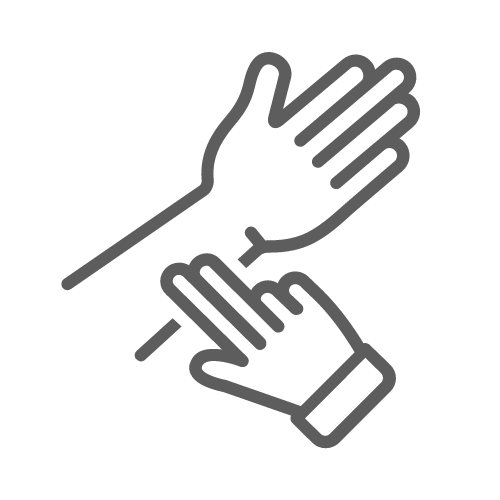
4. feeling and palpating
the feeling of the pulse with three fingers on both wrists gives information about the health situation of the organs and about the energetic overall constitution. in tcm approx. 27 different pulse qualities are distinguished according to speed, rhythm, volume, depth etc. depending on the situation the belly, back, painful areas, meridians and acupuncture points are being palpated.
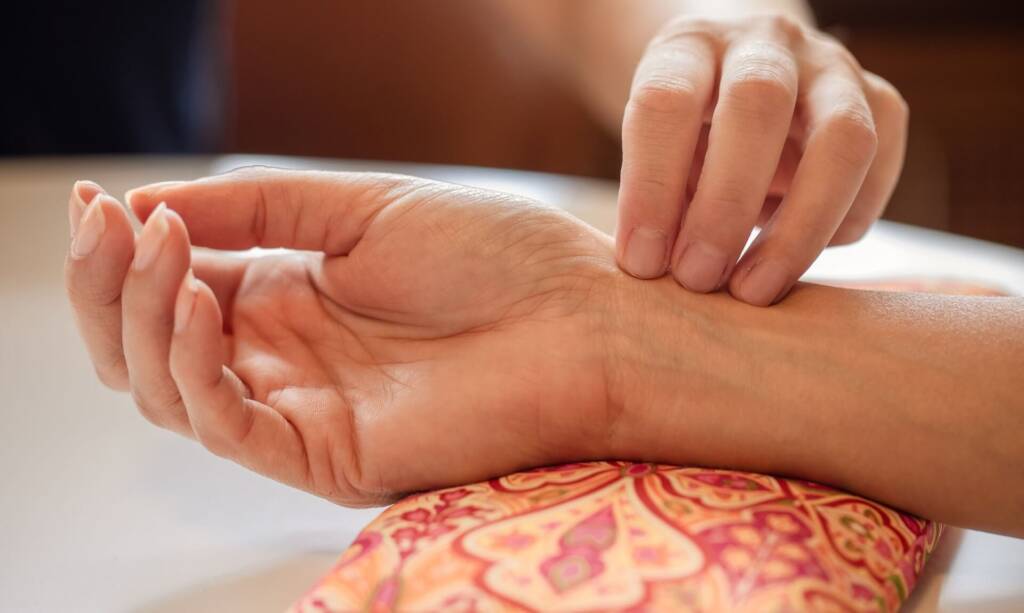
acupuncture & more
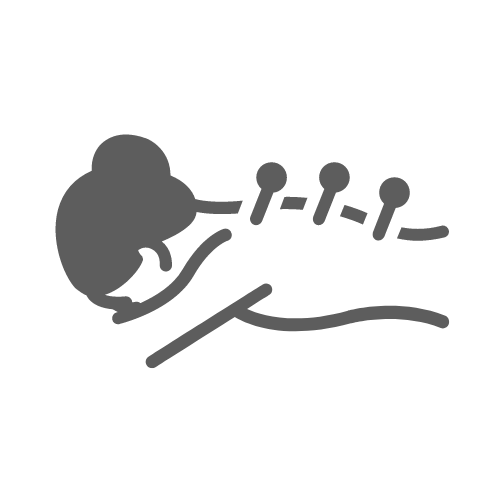
acupuncture
in acupuncture, wafer-thin needles are set in certain points on the body along so-called meridians (energy channels) in order to regulate the qi (life energy). there are 12 main meridians and 8 extraordinary meridians with 365 points along their trajectories. each points has different attributes and functions. in adults, the needles are left for about 20 to 40 minutes, in children only for a few seconds to a few minutes. if you are afraid of needles, you can ask for laser treatment.
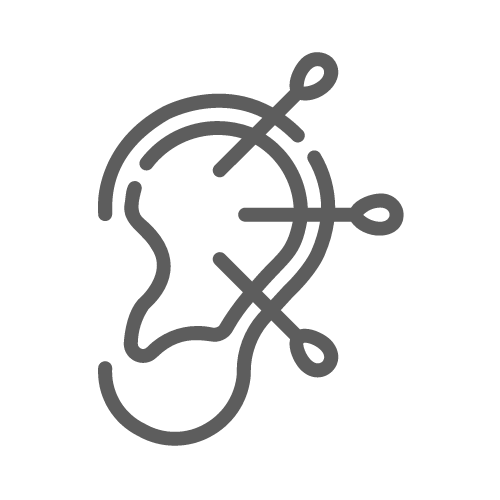
auricular acupuncture
the ear reflects the whole organism of the human body, similar to the foot reflexology theory. ear acupuncture can help in many cases of imbalance, especially in pain, vegetative disorders and addiction problems. there are over 100 ear points. a selection of points is either needled or treated with permanent needles or ear seeds for a longer lasting stimulation.
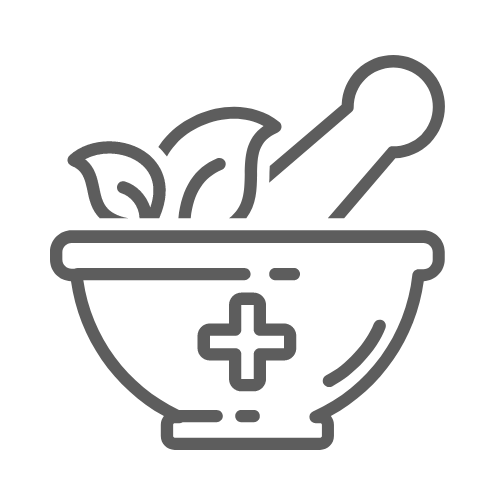
herbal medicine
classic herbal prescriptions, as they have proven themselves for hundreds, sometimes even thousands of years, are used in the form of decoctions (boils), teas, tinctures, granulates, pills, ointments, suppositories and baths. over 4000 years an immense treasure of experience has been accumulated in the use of plant, mineral and animal ingredients. the materia medica (compendium) describes about 7000 individual remedies. a formula usually consists of 5 to 15 individual remedies. if necessary, a prescription can be suited to the individual needs. this form of therapy is suitable for a huge variety of illnesses, especially for deficiencies and also for babies and children.

moxa
moxa (moxibustion) is the burning of mugwort (artemisiae vulgaris) to remove cold or mobilize energy. either small moxa-pieces are burned on ginger slices, which are placed directly on acupuncture points, or superficially heated whole areas of skin with moxa cigars, or cotton-like mugwort attached to the handle of the needle and ignited to direct the heat into the depth of the acupuncture point or tissue. a chinese proverb says that no long journey should be undertaken without first stimulating the qi (life energy) through moxa.
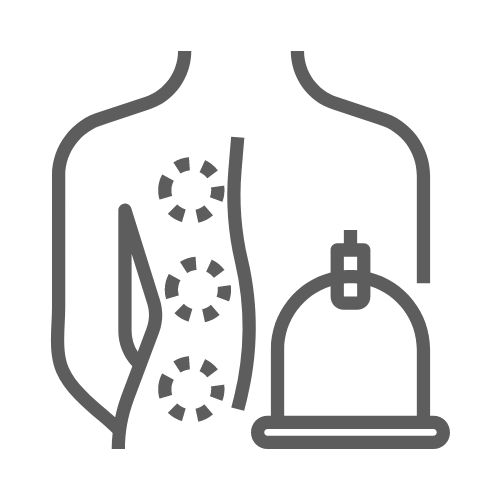
cupping
cupping is one of the leading measures. an open flame is briefly held in the opening of a glass and then placed directly on the skin. the generated vacuum stimulates the blood circulation and 'opens' the surface of the body, so that pathogenic factors such as wind and cold, but also heat can escape the body. due to the accumulation of blood, visible bruises often disappear, but these disappear after a few days and do not harm the skin. this measure is particularly suitable for colds, muscle tension and pain.
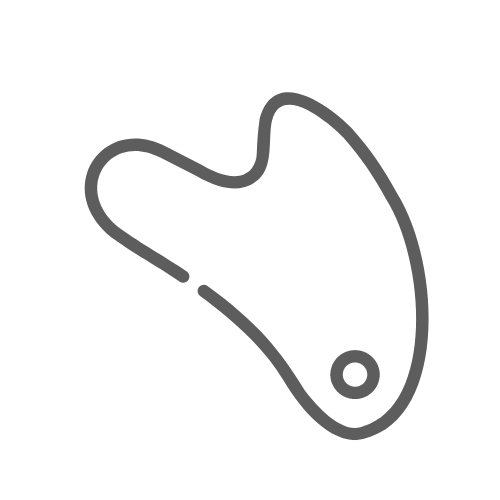
gua sha
in gua sha, the smooth edge of an object (e.g. a chinese soup spoon) is used to scrape the skin to 'open' the exterior of the body in a similar way to cupping. this results in bright red to dark red spots or striae, which disappear after a few days, however, the skin remains intact. after the treatment, the stimulated body areas should be well protected from wind and cold. this method is especially suitable for pain of the musculoskeletal system, especially neck and shoulder, but also for colds and respiratory infections. especially children like that treatment.
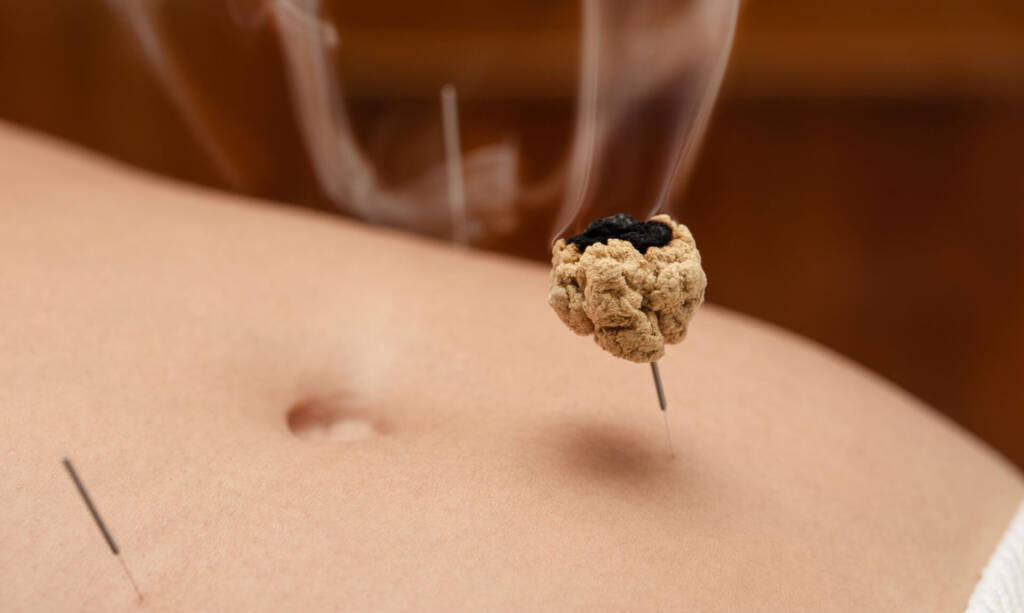
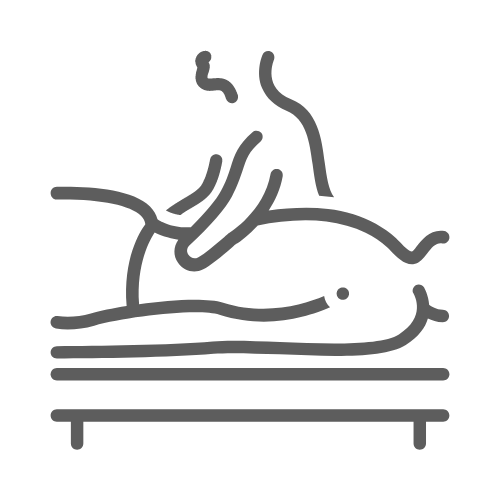
tui na and an mo
both are massage and manipulation techniques, which are used for injuries and diseases of the musculoskeletal system in the context of rehabilitation. in babies and children, this therapy is also used for inner medical problems. for these therapy methods, i will gladly refer you further.

dietary therapy
the aim of dietary therapy is to positively influence the clinical pattern by adding or omitting certain foods. from the perspective of tcm, diet is a way to prevent illness, but also a method to support a healthy state of body and mind. for chinese people, eating is an important ritual in everyday life. the basic rules are as simple and as effective: the food must be organic, warm, varied and tasty. it should be enjoyed regularly, consciously and in peace, whereof the main meal should be taken in the mornings, and only a small menue in the evenings.
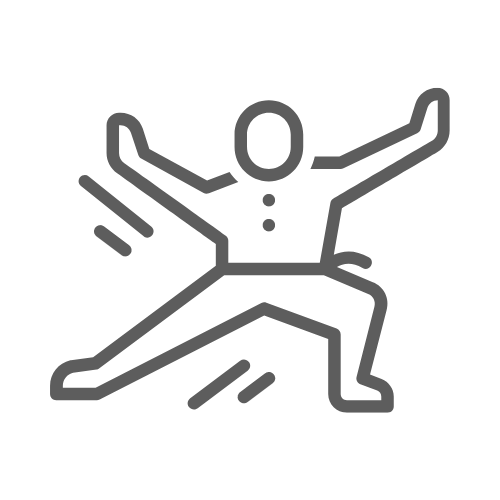
qi gong
qi gong with physical exercises while walking or standing, the life energy qi is trained and strengthened internally. the sequences of the exercises are given and are carried out alone or in groups. the practitioners feel a pleasant warmth in the whole body and the feeling of freshness and vitality after a longer training. qi gong is mainly used preventively and belongs to the self-evident, personal efforts to stay healthy. in addition, it proves itself as a supporting therapy for stimulating the self-healing powers.
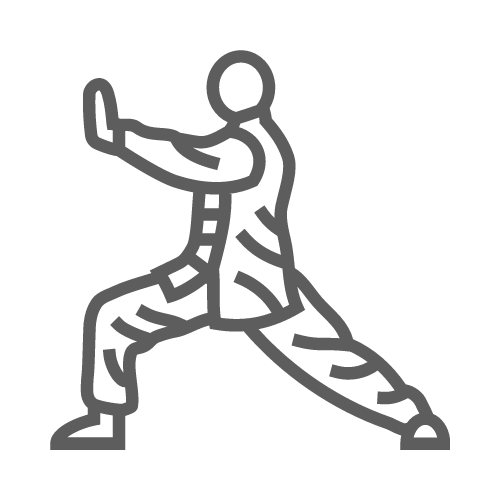
tai qi
is a martial art, and a form of meditation while moving. it is very popular in china with young and old people and is practiced mostly in the early morning hours, when the energy is young and fresh. all movements and sequences, could potentially help in a real fight. according to the buddhistic origin it is the fight against oneself or against one's own shadow. tai qi helps to maintain and improve one's health and is especially suitable to calm the spirit and to give the energy a clear direction.
